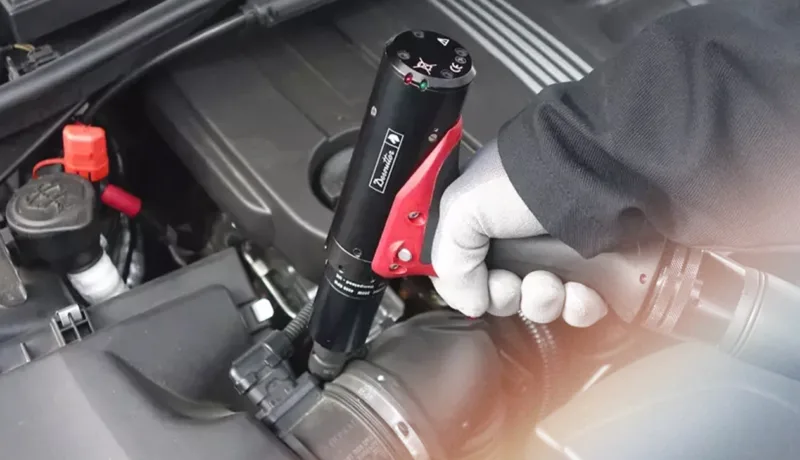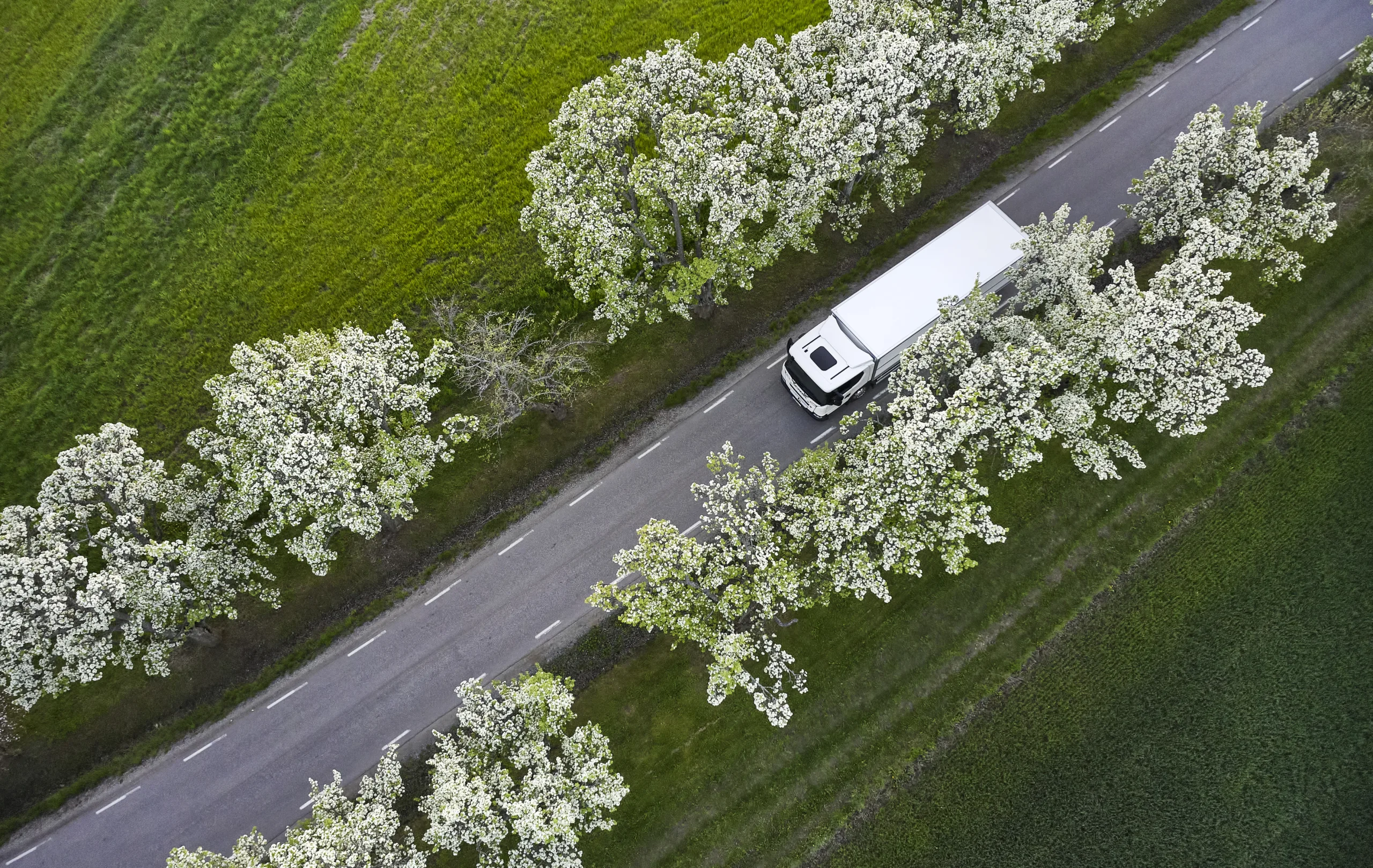As a world-leading provider of sustainable transport solutions, Scania is committed to reducing carbon emissions across the heavy vehicle value chain. In pursuing this goal, Scania is examining technologies to upgrade its existing internal combustion engine (ICE) vehicles into low or zero-emission alternatives, incorporating options like hybrid or other cutting-edge emission reduction solutions.
Opportunity overview
The majority of Scania’s emissions stem from vehicles in customer use. Therefore, upgrading existing vehicle fleets presents an opportunity to support Scania in mitigating the carbon footprint of its product’s Scope 3 downstream emissions. This initiative explores innovative solutions capable of efficiently reducing the emissions from internal combustion engine (ICE) vehicles, without compromising performance or reliability.
Scania seeks pioneering technologies and methodologies for heavy vehicle upgrading, facilitating a seamless transition of ICE vehicles into Low Emission Vehicles (LEVs) or Zero Emission Vehicles (ZEVs). Examples of sought-after solutions include hybrid technologies, energy recovery systems, carbon capture technologies, and alternative powertrain solutions that align with the robust performance standards of Scania vehicles. This opportunity extends beyond environmental benefits, aiming to find solutions that can increase the longevity and efficiency of heavy vehicle fleets.
Examples we're looking for
Hybrid upgrading
Smart technologies for prediction, real-time monitoring, and control of energy generation, storage, and consumption, ensuring optimal load balancing, capacity sharing, and efficiency. The sought solution should be capable of dynamically distributing power to meet the varying demands of BEVs, preventing grid overload and enhancing energy utilization.
Low and zero-emission powertrains
Upgrading may entail replacing or complementing traditional combustion engines and powertrains with lower-emission or electric alternatives. We are looking for novel and sustainable solutions that are adaptable to various heavy-duty applications, emphasizing seamless power delivery, long-term reliability, and minimal maintenance.
Power storage and management
Integrating new energy storage technologies, such as batteries, into existing ICE vehicles can be essential to enable upgrading, extending the vehicle’s range, and enhancing its performance.
Carbon capture
To mitigate emissions of heavy-duty vehicles, carbon capture technology holds promise for decarbonization. We are interested in different technologies or tools to capture and offload carbon emissions from the truck.

Smart Quality Control with Atlas Copco
Desoutter – part of Atlas Copco Group – develops various industrial assembly tools, complemented by cutting-edge software solutions that enable precise control over industrial processes, along with the traceability and analysis of…
Learn more
Solid Sorbent Technology for Carbon Capture with Munters
Munters is a global leader in energy-efficient air treatment and climate solutions. With this opportunity, Munters Clean Technologies aims to expand its presence in the carbon capture segment to complement our emission…
Learn more
Cloud-based Operational Profiles For Aftermarket Services with Epiroc
Epiroc is a vital part of a sustainable society and a global productivity partner for mining and infrastructure customers. Recognizing the increasing importance of data-driven decisions in aftermarket services, Epiroc is looking…
Learn more

